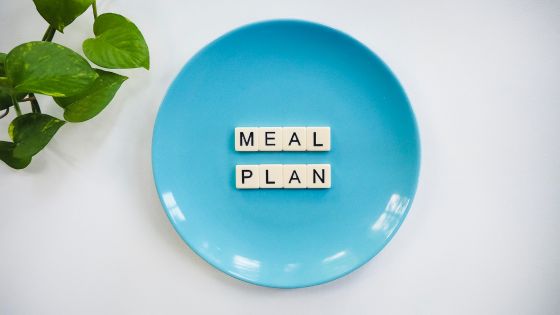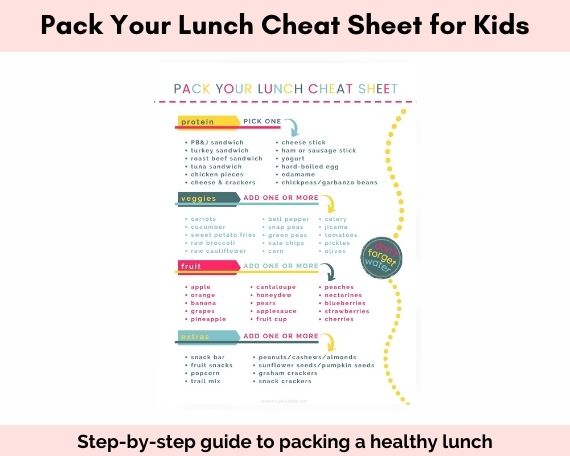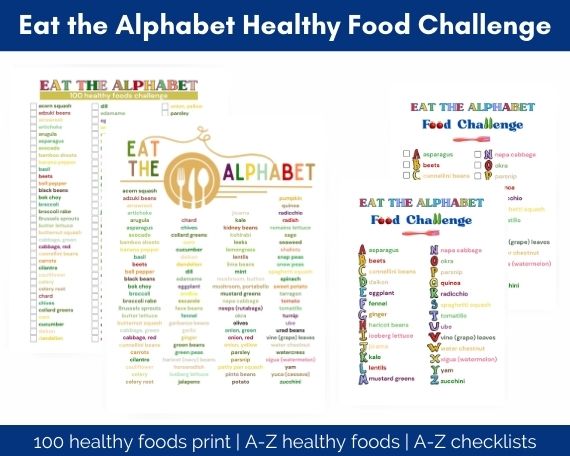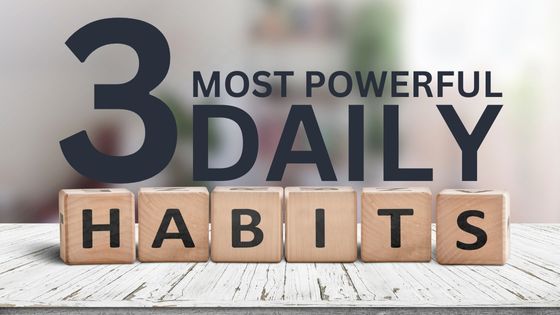Meal Planning Ideas for Busy Families
There are a few essential systems in the life of a busy mom. One system that allows you to mange your time and responsibilities effectively is a meal planning system. I’ve put together a list of meal planning tips and strategies for busy work-at-home moms to use in creating a system that gets your family fed.
Basic Steps to Create a Meal Plan
Before sitting down to create a meal plan, you will need to check your calendar and decide on what type of meal plan will work best for you.
Check Your Calendar
First things first. You need to know your schedule. It’s important to keep a calendar updated with all your family’s appointments, extracurricular activities, travel, and any other commitments. Here is a list of considerations to think about when you look at your calendar.
- Does your family eat breakfast together?
- Do you need to pack lunches?
- Are there recurring evening activities that overlap dinner time?
- How often do you plan to eat out?
- Do you entertain extended family or friends regularly?
- Any special occasions or unusual circumstances coming up?
Your calendar will tell you when you need a meal you can prep in less than 30 minutes.
You’ll know which evenings you have zero time and need to have food available to microwave, or plan a crockpot meal.
If you find yourself often needing to contribute food to a potluck or dinner party, you can begin making a list of crowd-pleasing favorites so you don’t have to search up a new recipe each time you are asked to bring a side dish or dessert.

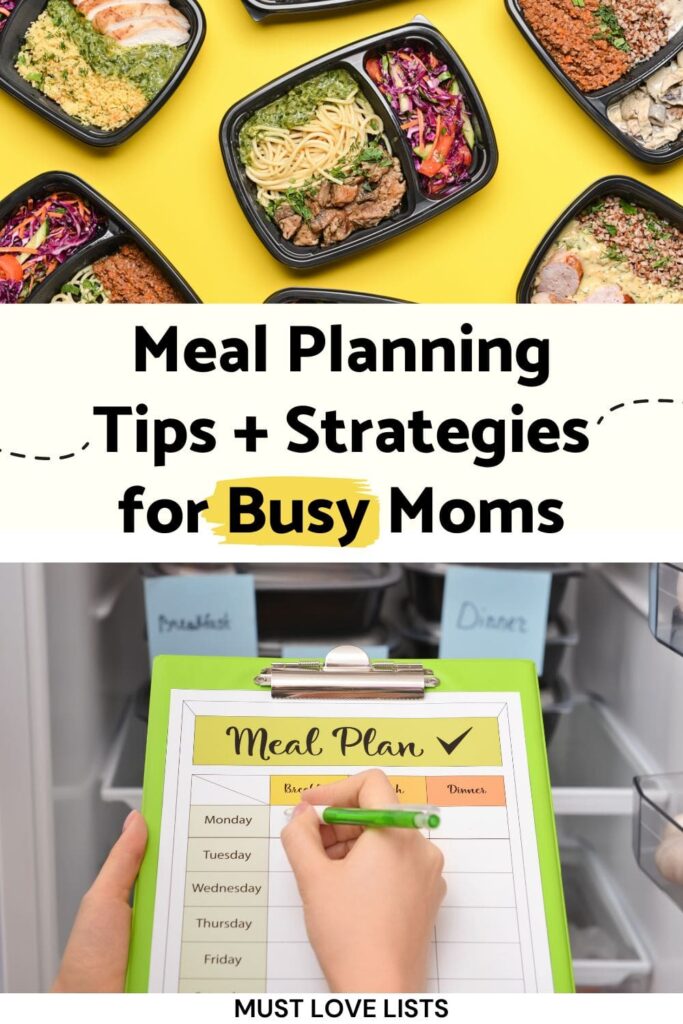
Create Your Routine
Now that you’ve answered the questions above, you need to decide how much planning ahead you’ll do on a regular basis.
- Which meals will you create a meal plan for?
- How far ahead will you plan: one week, two weeks, one month?
- When will you meal plan? Assign a day of the week (or month) to plan.
- How will you shop for groceries? Online, in-store, which day of the week?
- Will you schedule a weekly meal prep time?
- Do you enjoy cooking and trying new recipes, or just want to get a meal on the table that your family will eat?
Once you’ve answered these questions, you know which meals you will include on your meal plan, how far you will plan ahead, when you will make the meal plan and when you will shop for groceries.
(Disclosure: As an Amazon Associate I earn from qualifying purchases. This means that if you click a link and make a purchase, I may receive a small commission at no additional cost to you. I only recommend products I use and love or would love to use! For full disclosure details, click here.)
Meal Planning Tools
What’s for Dinner Meal Planning Pad
Spiral Bound 1-Year Meal Planner
Weekly Meal Planner/Grocery List Magnetic Notepad
Magnetic Dry Erase Menu Chalkboard
Make Your Plan
Choose the recipes you will make
The number of recipes you choose will vary depending on your calendar and your preferences.
First, check what you already have in your fridge or freezer that you need to use and include that in your meal plan for the week.
If you’re just starting out or you don’t love to cook, choose only 1 or two recipes that are new to you. Keep it as simple as possible while you get the hang of planning a week’s (or more) worth of meals.
Example 1: You will make four unique dinners, two of them a double batch so you’ll eat leftovers twice, and order pizza one night.
Example 2: You plan to make a casserole on Saturday that will cover Sunday and Monday, you need a crockpot meal on Tuesday, have leftovers on Wednesday, a 30-minute or less meal on Thursday, and can choose any recipe you like on Friday and Saturday.
Write your plan down
Assign your meals to days of the week. Write it in a notebook, on a calendar, in a planner, or on a whiteboard.
If you use online tools, you can include your meal plan in your Google calendar or other digital calendar system.
It doesn’t matter where you write it as long as you stay consistent. You should always know where to find your meal plan. It’s ok to switch your plan around if needed. You don’t need to cook every day, but you should have a plan for every day.
Make a grocery list
Go through your recipes and meal plan to determine what food items you need to purchase. Make a list on paper or use an app (I love GroceryIQ).
Order groceries for pickup or delivery or schedule time on your calendar to grocery shop.
Set aside time to prep
Whatever day you choose to grocery shop, set aside an hour or so later that day or the next day to prep. Use this time to chop veggies and fruit, make a sauce, cook a batch of shredded chicken, or whatever else will help you save time throughout the week.

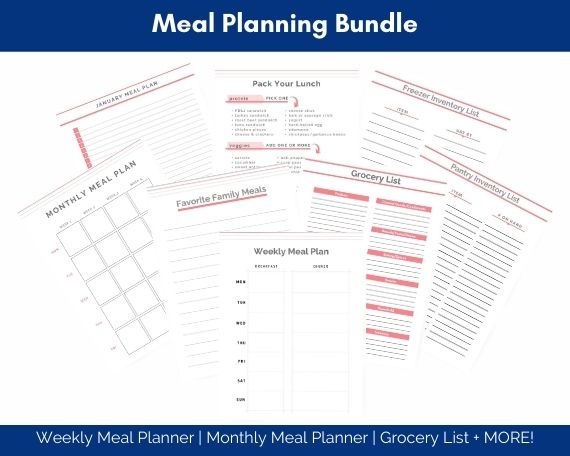

Breakfast Meal Planning Ideas
Here are a few suggestions to use if you want to include breakfast in your meal planning.
Eat the same thing for breakfast
If you don’t need variety, choosing to have a breakfast routine of eating the same thing for breakfast most days eliminates that planning and decision making all at once. You may decide to eat toast and fruit Monday thru Friday and cook a more elaborate breakfast on the weekend. I eat scrambled eggs with avocado, cheese, and hot sauce almost every morning and love it! If and when you get tired of your breakfast routine—change it!
Create a schedule of daily breakfasts
Another option is to have a schedule of breakfasts you eat on any given day. For example, muffins on Monday (make them over the weekend), cereal on Tuesdays, yogurt and fruit on Wednesdays.
Prep breakfast on the weekend
There are a lot of delicious breakfast options you can make in big batches, ready to heat and eat throughout the week.
- breakfast casserole
- quiche
- breakfast burritos
- overnight oats
- baked oatmeal
- breakfast sandwiches
- muffins
- hard-boiled eggs
Read: The Best Homemade Pancake Mix
Lunch Meal Planning Ideas
For a work-at-home mom, lunch may be the most flexible meal of the day, requiring little to no planning. But if you want to include lunch in your weekly meal plan, here are some ideas to consider.
Eat leftovers for lunch
Plan to use dinner leftovers for lunch the next day. If you do this, make sure you’re not also planning on eating those leftovers for dinner the following day!
Have a standard lunch menu
By eating the same thing for lunch most days, you’ll eliminate the decision making process. Make sure you keep the foods you eat for lunch stocked each week so that you always have the bag of salad, bread and lunch meat, or veggies and hummus that you want to eat daily.
Prep lunch on the weekend
Make a big salad, a pot of rice and pan of chicken breast, tuna salad, or whatever you enjoy eating for lunch. Chop fruit and veggies so they are ready to add to your plate.
Pack lunches in advance
Go one step further and pack lunches into meal-prep containers ready to pull out and eat. You can do this in the evening after dinner, especially if you’re packing kids’ lunches, or prep the whole week in advance on Sunday and have lunch ready to go all week long.
Read: 7 Easy Lunches Kids Can Make Themselves



Dinner Meal Planning Ideas
Now for the big challenge—dinner. The need to feed all the people in our home every single day is never-ending and can be overwhelming.
There are a variety of lists, systems, and hacks to make your meal planning process easier.
Whatever meal planning routine you create, you should build in flexibility. It is inevitable that something will come up and you won’t eat what you planned one night, or you won’t make it to the grocery store as planned.
Have a plan for when your plan doesn’t work out. Keep a few meals in the freezer, canned soups in the pantry, or a list of ideas of what to make when you have to improvise.
Here is a short list of ideas you can use to make your meal planning as simple (and fun) as possible.
Make a list of favorite family meals
Jot down a list of meals your kids love (or at least will eat) for easy reference when meal planning.
Keep a list of quick and easy dinner ideas
Make a list of easy meals you can get on the table quickly using pantry staples or ingredients you almost always have on hand.
Read: 10 Easy No-Recipe Dinner Ideas


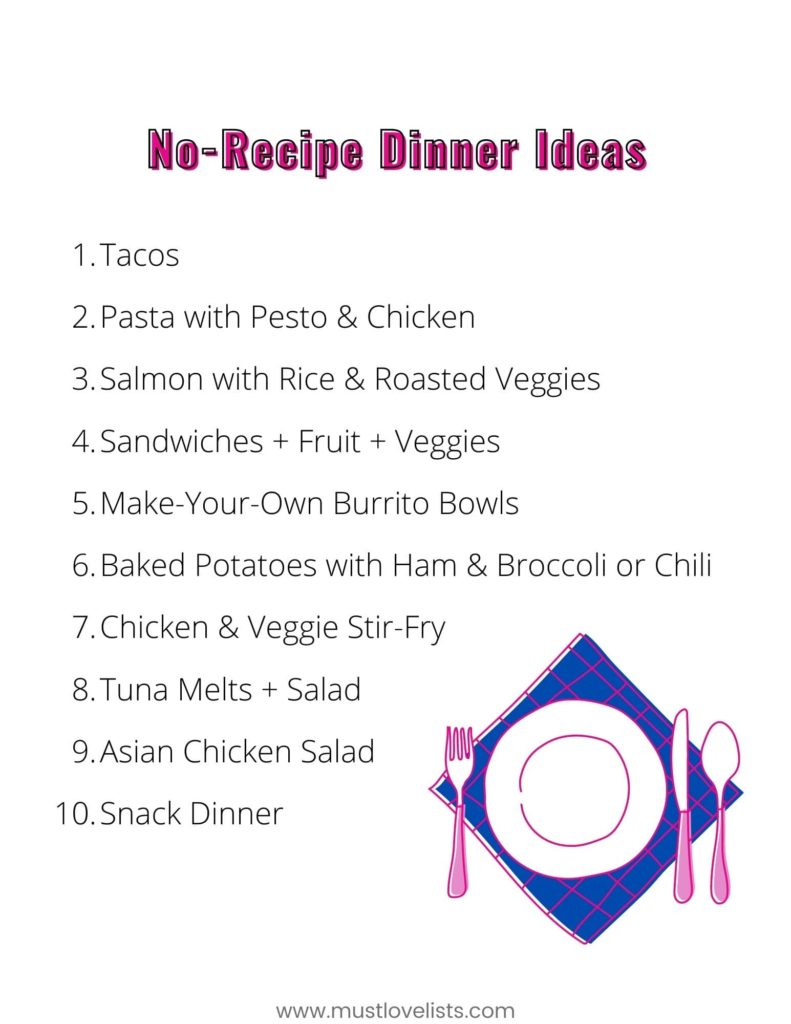

Create reusable weekly meal plans
Once you’ve found a few weekly meal plans that work well for your family—your kids will eat it, it’s not too complicated to make—reuse the entire weekly plan. After you have 6-8 weekly meal plans, you can use them as blocks to create meal plans for a month or more at a time. You’ll hardly have to think about meal planning, but you will still enjoy the variety of meals your family likes.
Double your recipes
This is one of my favorite ways to minimize the time I spend cooking. I almost always cook enough for two meals and plan to eat the same meal two nights in a row. If we have a little extra left over after the second night, it’s available for lunch, and if it seems a little short, you can always add a bag of salad, some extra bread or veggies.
Store your favorite recipes in a binder
Keep a three-ring binder just for your go-to recipes, and pull it out when you sit down to meal plan.
Another option is to create a Pinterest board of go-to recipes to scroll through when meal planning.
Post printed recipes on the fridge
Keep the recipes you intend to use for the week accessible by using a magnetic clip on your fridge or in a pocket file in a family command center. After you make your weekly meal plan and grocery list, print your recipes or pull them out of your recipe binder and put them directly in the same spot each week.
Choose themed meal nights
Taco Tuesday is probably the most well-known example of this, but you could plan an entire week using this method. You can use that alliteration with other days if you like: Meatless Monday, Thrifty Thursday, etc.
Type of cuisine
One way to use theme nights is to assign a specific type of cuisine to a night of the week.
- Mexican food
- pizza night
- pasta night
- casserole night
- burgers or sandwiches
Method of cooking
You can also choose to assign a particular method of cooking to a night of the week. This can be helpful if there are evenings with a lot of activities and you always need to have a slow cooker meal or leftover meal on that night.
- grill night
- stir-fry
- instant pot
- leftover night
- sheet pan dinner
- salad night
Specific main ingredients
One more way to approach this is to choose specific main ingredients for certain days of the week.
- meatless
- chicken
- beef
- pork
- seafood
Remember to leave room for flexibility. If you attempt to stick to a very specific meal plan using themed nights every night of the week, you may find yourself throwing away lots of leftovers or having to stop at the grocery store multiple times a week.
Plan a leftover night
Assign one day each week to use up food in your fridge, freezer, or pantry. This is a great way to eliminate a lot of the wastefulness that can occur when we have extra bits of food that gets forgotten in the fridge. Have a leftover buffet once a week and encourage your family to eat up the bits and pieces before they need to be tossed. You can always supplement with a small pizza or a simple grilled cheese sandwich or quesadilla if the leftovers are slim pickings.
Snack dinner
It’s unnecessary to cook a gourmet meal every night of the week. Our family eats snack dinner every Sunday night. We pop popcorn and pull out whatever cheese and crackers, veggies, and fruit we have on hand for a meal the kids love.
Meal plan around grocery store sales
If cost is the most important consideration, you may wish to meal plan based on what your local grocery stores have on sale that week. Begin to keep a list of inexpensive meals that can be stretched with beans, rice, or other less costly ingredients, and purchase the meat and dairy that is the best deal.
Once a month cooking
Some people prefer to spend a chunk of time once a month prepping and freezing meals intended to cover a whole month at a time. If you’ve never tried it and you’re interested, check out onceamonthmeals.com.
I am a fan of cooking extra meals and freezing them occasionally, but I do not personally enjoy the once a month cooking system.
Typically in August before we start back to school and again in October before the holiday season ramps up, I cook 5-10 dinners for the freezer ready to pull out on extra busy nights.
Cook on the weekend
Once you’ve made your meal plan for the week, get a jump start on cooking a few items that can be made in advance. Bake a tray of chicken breasts, cook a pot of rice, make a dish of enchiladas or lasagna ready to pop in the oven.
Meal Planning is a Learnable Skill
Meal planning is a skill that becomes easier with practice. You’ll start to figure out how to include seasonal ingredients, use leftover chicken in a new recipe the next day, and exactly how long it takes to prep the meals you make regularly.
Three Basic Steps to Make a Meal Plan
- Check your calendar: decide how many meals you need to make
- Create your routine for when you will plan, shop, and prep
- Make your plan for choosing recipes, making a grocery list, and cooking
Meal Planning Tips for Moms
Start by trying a few of these meal planning tips and gradually implement additional strategies to save time and mental energy.
- Eat the same breakfast most days
- Create a breakfast schedule
- Prep breakfast on the weekend
- Eat dinner leftovers for lunch
- Have a standard lunch menu with little variation
- Cook specific lunch items on the weekend
- Pack lunches for the whole week in meal-prep containers
- Make a list of family favorite meals
- Keep a list of easy meals using pantry staples
- Create reusable weekly meal plans that can be rotated through
- Cook double batch meals and plan to eat leftovers
- Store your favorite recipes in a binder
- Post your printed recipes for easy access all week
- Have themed meal nights (a type of cuisine like Taco Tuesday, method of cooking like instant pot, or specific ingredient like beef assigned to a specific night of the week.
- Plan a leftover night to use up food in the fridge or freezer
- Meal plan around grocery store sales
- Try once a month cooking
- Cook in advance on the weekend: batches of meat, grains, a big salad, veggie plate
Experiment with trying different strategies for meal planning until you find what works best for you. And don’t be afraid to change things up when something isn’t working and you need to adjust your system.
Visit my homeschool resources page for monthly unit study ideas, projects, and homeschool planning help!





Join my mailing list to receive updates when new printable resources are added to the library, plus tips and encouragement for your organized homeschool journey.



